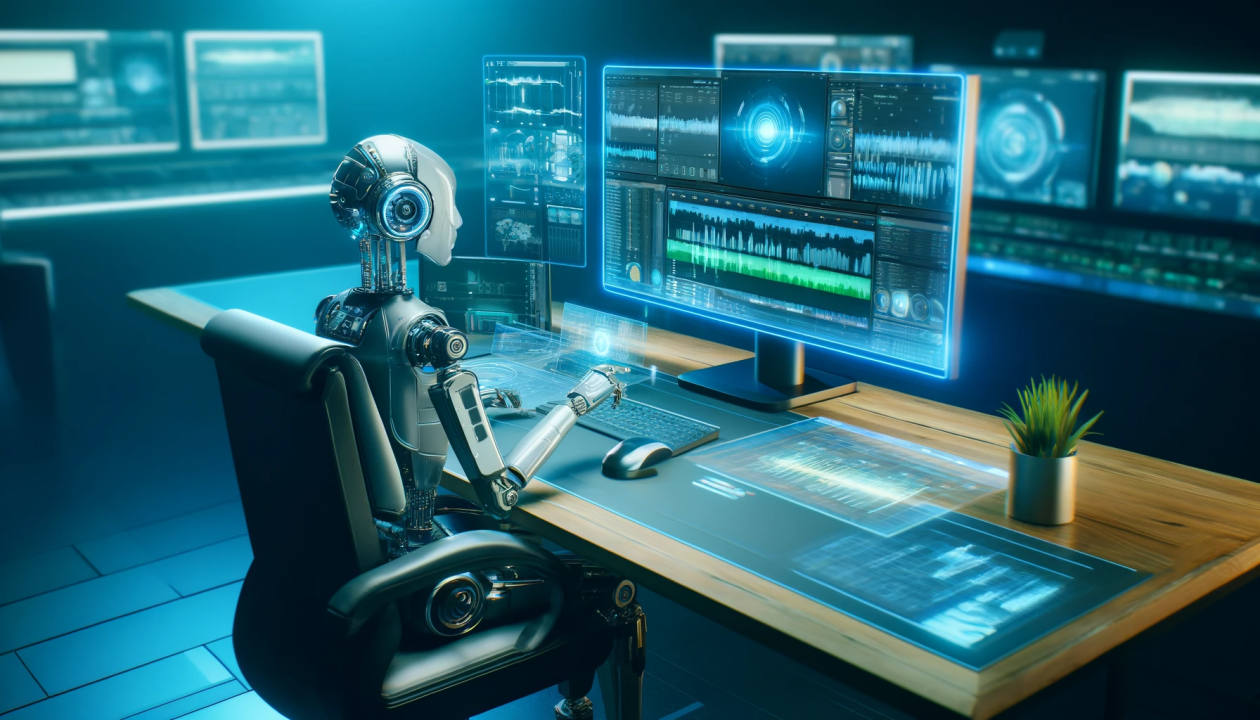Green screens have been a crucial element in the video production industry, from film production to local news station broadcasts. The advances in green screen technology have significantly enhanced visual effects. It is a technique known as “Chroma Keying.”
In this process, the footage is taken against a green screen backdrop in a green screen studio. Thereafter, the footage is placed over a background that has been separately filmed or created. It is a fundamental component of the Chroma key effect that helps filmmakers detach actors from green backgrounds and add a different background during post-production.
If you are considering using green screen technology in your video-making process, follow this complete guide. It will take you through the process of using a green screen. You will learn how to use lighting and colour aspects that affect the green screens and avoid mistakes.
The Process of Using a Green Screen Setting up the green screen
There can be several options for using the green screen as per your budget. One of the best options is to utilise a specific, light-reflective fabric that is not wrinkled on the substrate. Paper backgrounds are also a good option to use in the studio along with a non-woven background option. However, ensure the background is ideally bright and reflects the light well.
Look for the best recording studio in Delhi to start the green screen process. Make sure the green screen covers the whole background you are shooting. It should be as flat as possible. You can always smooth out the wrinkles and creases. But if you do not want to deal with them, purchase or rent a wrinkle-resistant matte screen.
● Lighting setup
Separate lighting sets are needed for shooting on a green screen, one for the subject and one for the green screen. Without proper lighting, the picture would appear patchy on camera and challenging to edit in post-production. To prevent casting directional shadows on your screen, the ideal lighting setup will be diffused with a top shot source. Background illumination should be steady and even. For the best effect, you can use soft lights.
● Adjusting the exposure
Correct exposure adjusting is also crucial. It is not the greatest approach for shooting if the background is too light or too dark. The dark image will produce low-quality, noisy, and soiled images—double the brightness of the background just like the centre subject. The image will appear more realistic if you record the video using the same lenses, focus distance, and aperture setting.
● Proper adjustment of the subject and green screen space
The subject should not be directly in front of a green screen.A greenish tint may reflect onto them. It would be difficult to bring consistency with the lighting of the subject and the background chosen to add in post-production. Hence, it’s essential to put as much room as you can between the subject and the green screen.
● Start recording
You can use a green screen studio for rent as a hassle-free solution. Once you are done with setting the green screen and the lighting is balanced and positioned correctly, you can start with the shooting. If you do not get multiple takes, you might not have the raw material you need for editing. So make sure to film multiple footages.
● Editing the rough cut
Start editing the rough cuts, and preferably your final cut, before considering including your non-green-screen background. It would save you a lot of time keying out a green screen video you would not use in the finished product.
● Editing out the green screen
Although you can use any hue for green-screen effects, green is frequently chosen since it is least likely to clash with skin tones or hair colours. It guarantees that no parts of the subject would be edited out. You can take the assistance of the professionals in the best recording studio in Delhi for filming and editing the footage. Once the footage is complete, use your editing program to remove the green screen.
● Use your new background
Once the green screen is removed, replace your desired backdrop image or background video with a new layer beneath the subject. To create the most realistic image possible, pay close attention to the details and adjust the lighting, sharpness, colour, and other settings.
Some green screen mistakes to avoid
The green screen technique offers many unique possibilities for your filming. However, it is not without faults. Hence, while working in a green screen studio during your filming, you should be aware of some common green screen mistakes.
● Subject disappearance
One of the obvious mistakes is choosing the subject colour. It is because all the green elements will be keyed out in post-production. Hence, avoid having anything green on the subject or on the set that you want in the finished film. It would leave gaps in your finished product.
● Shadows, blurring, too much light
The Chroma key technique can be more difficult if the green screen has a shadow. Because the shadow can create dark patches on your subject, it will be challenging to key out the subject accurately. So avoid keeping the subject too close to the green screen or the lighting too strong.
You can go to the best recording studio in Delhi for a proper light setting. Motion blur can be a serious issue with green screens. It is very challenging to remove these in post-production. It is tough to key out the subject as the areas near motion blur frequently mix in with the background. For better results, use an experienced director of photography (DOP) for the shoot.
A green screen allows you to create any scene you need in a controlled setting. You don’t have to travel to the desired location to acquire the footage. It would save you time and money in the whole production process. Get the assistance of professional recording studios for high-quality video creation with the backgrounds of your choice.




